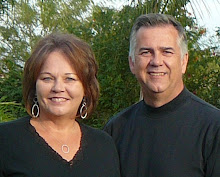We left Cairo very early in the morning to travel some of the route the Israelites took in their Exodus from Egypt. We drove many miles through barren desert, reflecting on what it must have been like for thousands of people of people taking this journey on foot. (At times it reminded us of Eastern Colorado; other times of the South Dakota Badlands.) We stopped at Marah, where the Israelites were thirsty but could not drink the water because it was bitter. The people from our group gathered under a tree, overlooking the Red Sea, singing and reflecting on the story of Marah. (Exodus 15)
The plagues had a profound affect on the Egyptians. Not being able to eat their food, drink their water, rest from the affect of the plagues tested the endurance of the Egyptians. Pharaoh continually hardened his heart until their dynasty was affected by the death of the firstborn of each family.
The Israelites croseds the Reed Sea (not the Red Sea. Reeds still grow so much today that they need to continually be cleared to keep the Suez Canal open.) Asman gave a passionate presentation of the construction of the Suez Canal which connected the Mediterranean Sea and the Red Sea. We then drove through the tunnel that goes under the Canal, separating Africa from Asia. The American government gives Egypt $2.8 million a year for the Suez Canal.
We stopped at Elim, the place of 70 palms and no water. This is the place the people complained and God sent manna and quail. We again gathered in a circle at Rephidim, holding our arms up high (remembering Aaron and Hur holding up Moses’ arms to ensure victory) as we looked at the remnants of the alter Moses built to worship God for the victory over the Amelekites. (Exodus 17) It was hot and windy and we thought a lot about what it must have been like to be an Israelite traveling on foot, rather than in air conditioned bus that we sometimes couldn’t wait to get back into.
Subscribe to:
Post Comments (Atom)

No comments:
Post a Comment